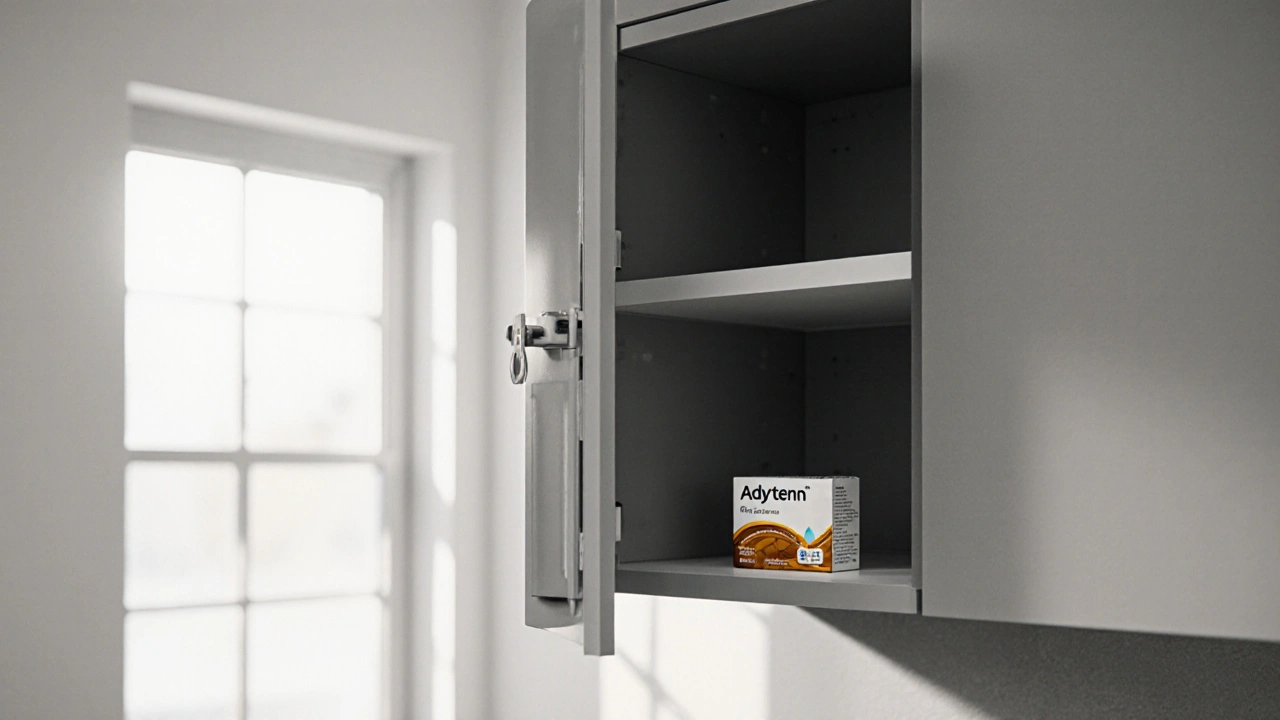Hazardous Drug Disposal
When dealing with hazardous drug disposal, the process of discarding prescription medications that could harm people or the environment if left unattended. Also known as pharmaceutical waste disposal, it follows strict DEA and EPA regulations and aims to prevent accidental ingestion, misuse, and ecological damage. hazardous drug disposal is more than a paperwork task; it is a public‑health safeguard.
Key Players in Safe Disposal
One of the most effective ways to manage unwanted meds is through drug take‑back programs, community‑run events or permanent drop‑off sites where pharmacies, police stations, and nonprofits collect unused drugs. These programs require coordination between healthcare providers, law‑enforcement, and local authorities, creating a closed loop that keeps hazardous substances out of homes and waterways. Another core concept is pharmaceutical waste, which includes expired pills, unused syringes, and bulk chemicals from clinics. Proper handling of this waste calls for certified disposal contractors who use methods like high‑temperature incineration or industrial‑grade neutralization to break down harmful compounds. Finally, the environmental impact of improper dumping is profound: trace amounts of antibiotics and hormones have been detected in rivers, affecting aquatic life and fostering antibiotic resistance.
Understanding these entities creates a clear picture: hazardous drug disposal encompasses safe disposal methods; drug take‑back programs provide community‑level solutions; and the environmental impact influences regulatory guidelines. The three‑part relationship—"disposal → methods," "methods → programs," and "programs → environment"—forms the backbone of any effective waste‑management strategy. For individuals, the first step is to check local pharmacy listings or municipal websites for upcoming take‑back events. For facilities, adopting a certified waste‑management plan and training staff on proper labeling and segregation can cut compliance costs and avoid fines.
Beyond the basics, many people wonder how to dispose of specific drug forms. Liquid antibiotics, for example, can be mixed with cat litter or coffee grounds before sealing them in a sturdy bag; this prevents accidental ingestion while making the solution less appealing to wildlife. Controlled substances like opioids must never go in the trash—even if shredded—because they remain chemically active. Instead, they belong in a DEA‑authorized drop‑off box or a pharmacy‑run take‑back kiosk. Some states also allow home disposal in the garbage if the medication is rendered unreadable and mixed with an unpalatable substance, but this should be a last resort after checking local rules.
By grasping the roles of drug take‑back programs, pharmaceutical waste handling, and the broader environmental impact, readers can make informed choices that protect families and ecosystems. Below you’ll find a curated collection of articles that dive deeper into each of these topics—practical guides, policy overviews, and real‑world examples that show how safe disposal works in practice.
Safe Storage & Disposal Guide for Adytenn Medication
- Laura Ledas
- Sep, 23 2025
Learn how to store Adytenn safely, check its potency, and dispose of leftover tablets responsibly with step‑by‑step tips and reliable disposal options.
Learn More